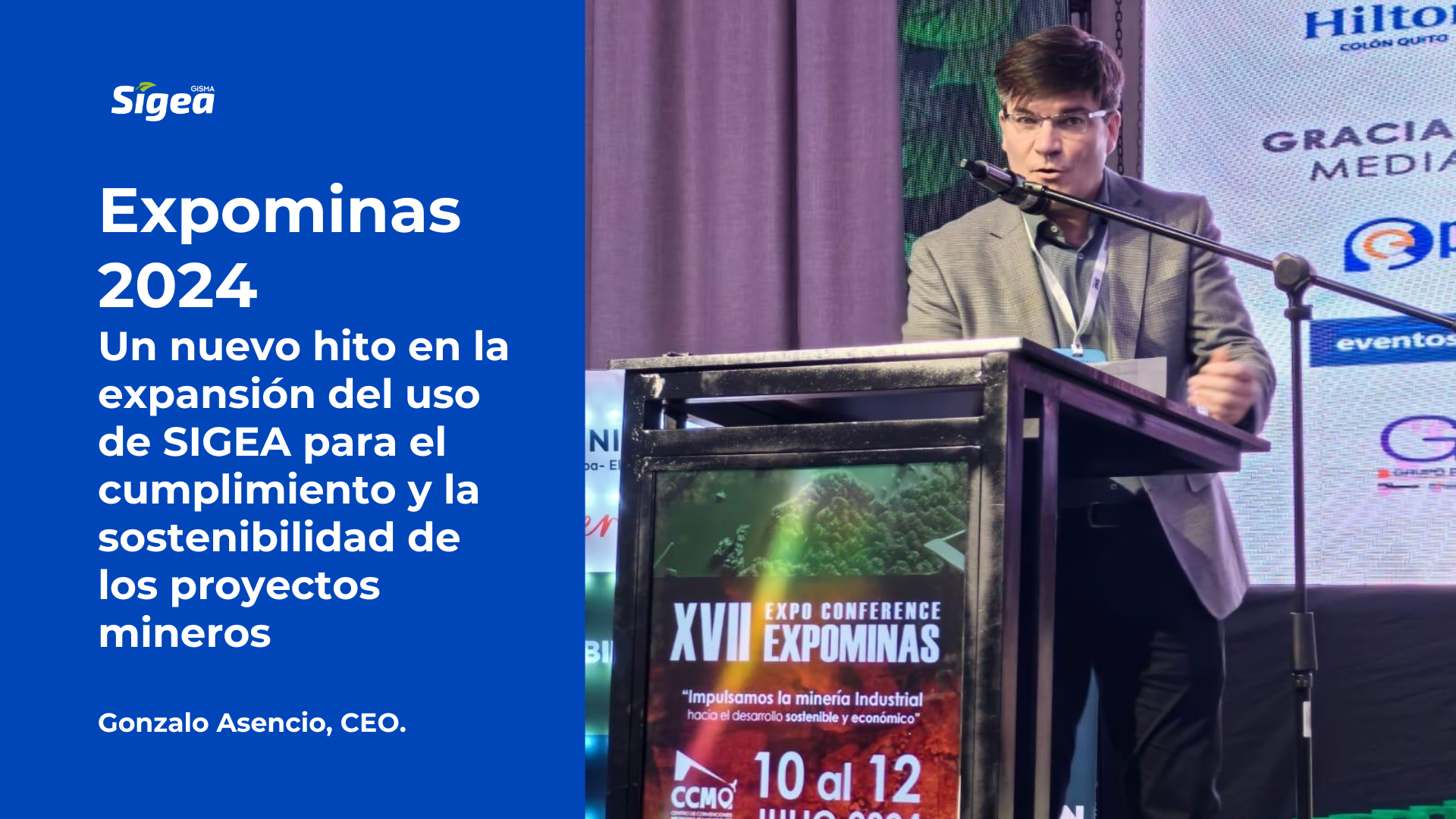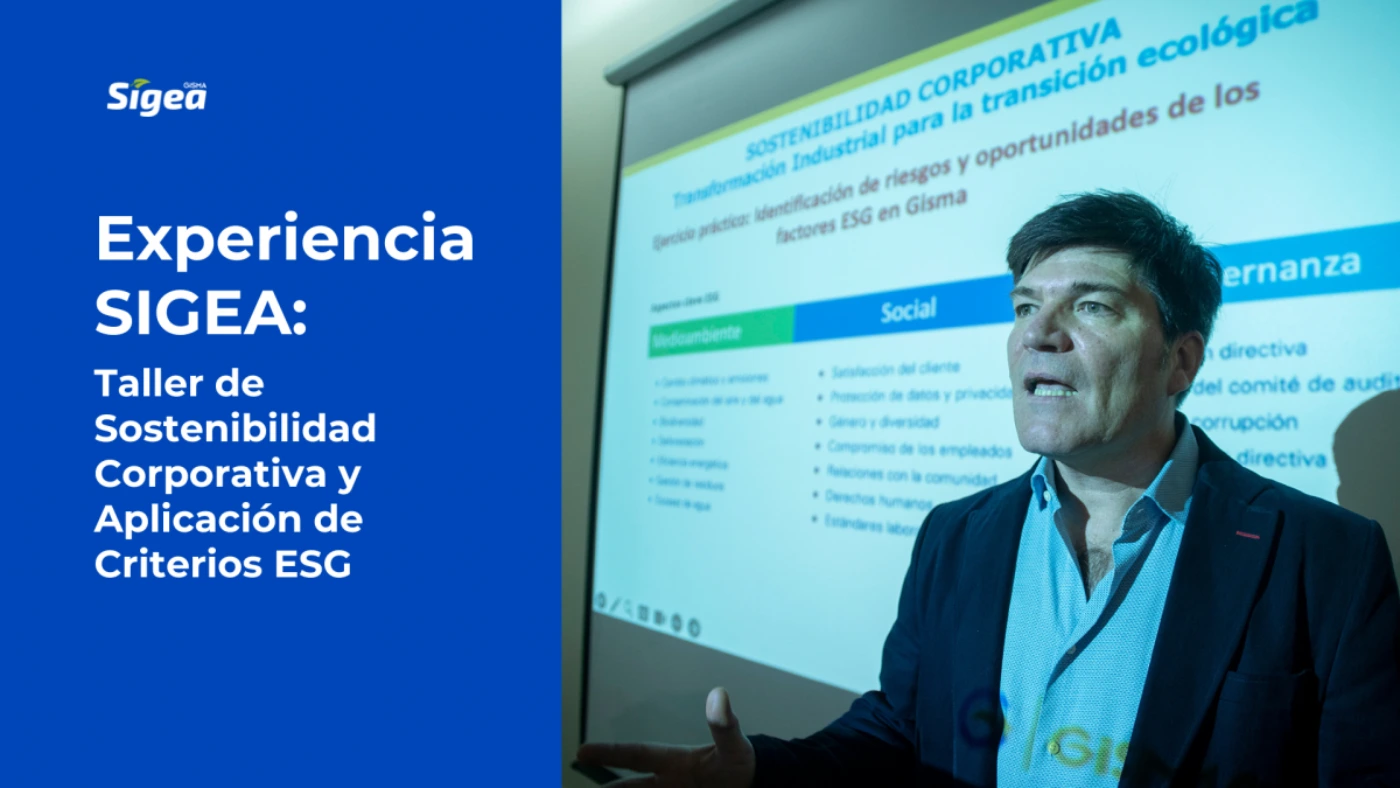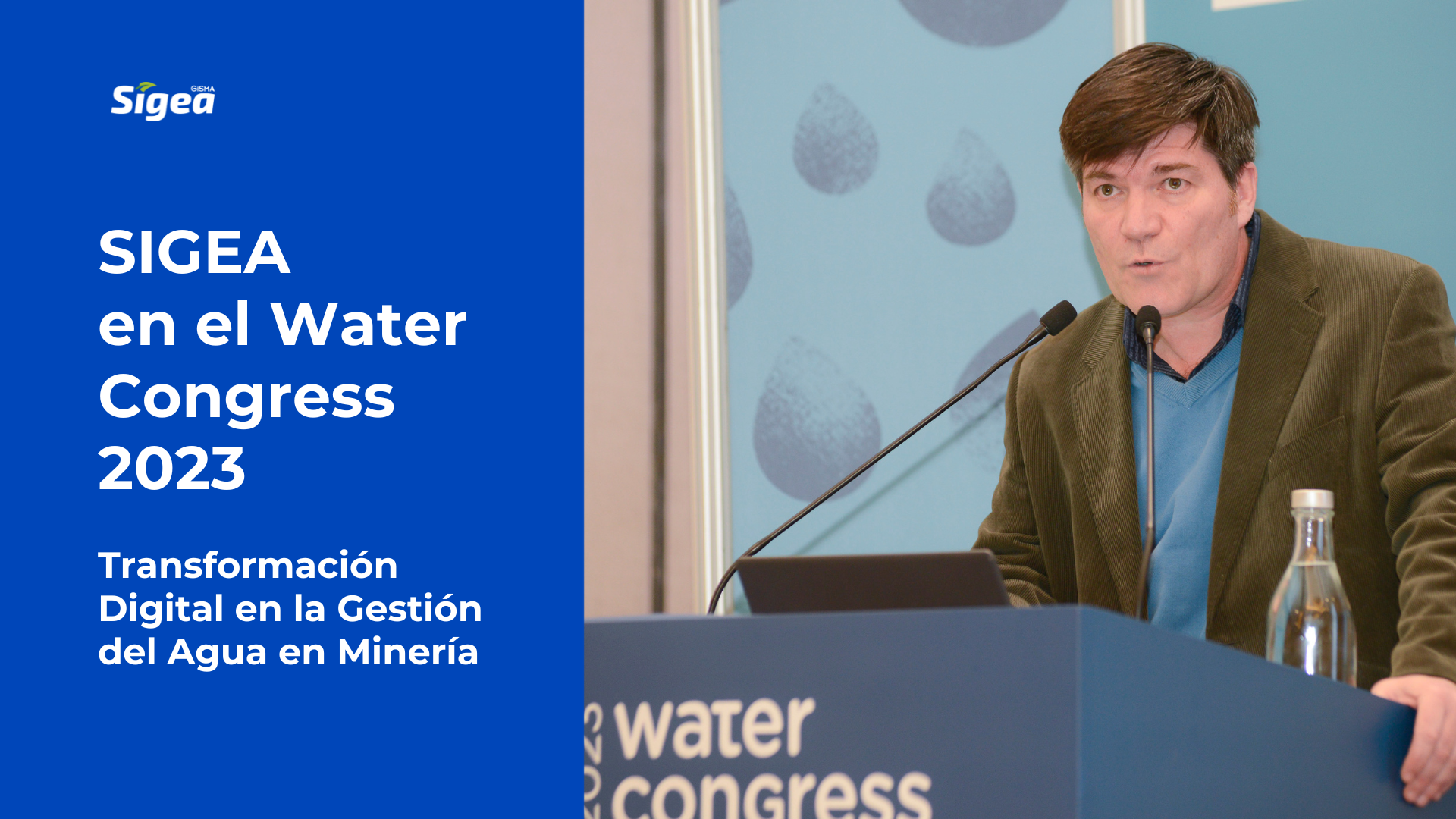The Sustainable Development Goals (SDGs) promoted by the UN are not only an issue for environmentalists; major brands are already incorporating them into their operations, understanding and acknowledging the urgency of the current climate crisis and the changes demanded by the COVID-19 pandemic.
Companies such as BBVA and Walmart have been able to identify the changes that need to be incorporated into their processes, giving priority to those that will have the greatest impact in the short and medium term.
BBVA, for example, has put the pedal to the metal on the Principles for Responsible Banking, an ambitious agreement signed in September 2019 along with 130 other banks, involving major sustainable investments.
Among its commitments, it will mobilize a total of 100 billion euros in green finance, sustainable infrastructure and agribusiness, entrepreneurship and financial inclusion.
“It has been a very intense year but so are the new challenges ahead of us. We want to revise upwards our commitment to mobilize funds, the 100 billion euros committed until 2025 and set specific targets for aligning our portfolios more sensitive to climate change,” said Ricardo Laiseca, head of BBVA’s Global Sustainability Office, on the institutional website.
The bank has carried out a strategic review process where it has made sustainability the core of its business, aligning its loan portfolios with the Paris Agreement, identifying and assessing the impact, risks and opportunities in relation to climate change.
As of June 2020, the bank reached €40 billion, 40% of what is planned by 2025, in green finance (62%); financial inclusion and entrepreneurship (13%); social infrastructure and agribusiness (11%); and other sustainable finance (14%).
A clear example of these moves is the asset acquisition loan to minimize the environmental impact of the Catalan transport company Sagalés. This is a €22 million low-carbon transition loan that will provide Sagalés with a new fleet of intercity buses in Mallorca.
Thus, the company will promote sustainable mobility on the island and reduce its carbon footprint and environmental impact with 98% of new buses with sustainable propulsion and only 2% diesel.
In addition, routes will be inaugurated that will improve the connection and service between different points of the island of Mallorca, offering a safe, accessible and more sustainable public transport.
In this operation, they achieve 3 SDGs, as the health and well-being of citizens will improve thanks to the reduction of noise and greenhouse gas emissions.
Along the same lines, but even further ahead, is Walmart, which decided to move from sustainability management, incorporated 15 years ago, towards building a “regenerative” company.
“When Hurricane Katrina devastated the U.S. Gulf Coast, we saw firsthand how climate change could affect communities. We realized then that our scale and unique strengths could make a positive and meaningful difference to communities,” a company statement said.
This is how Walmart not only seeks to curb its environmental impact, but also to restore, renew, replenish and conserve. “We want to go beyond sustainability to become a regenerative company dedicated to placing nature and humanity at the center of our business practices,” they said.
This entails, at the very least, decarbonizing operations and eliminating waste throughout the production chain and the way they seek to achieve this is by transforming their energy sources and adapting their cooling equipment and electrifying their transportation and logistics, all by 2040.
These major challenges are not just good intentions; these companies have also managed to identify, prioritize and manage their operations in a way that allows them to recognize where to put resources to achieve their sustainability goals.




